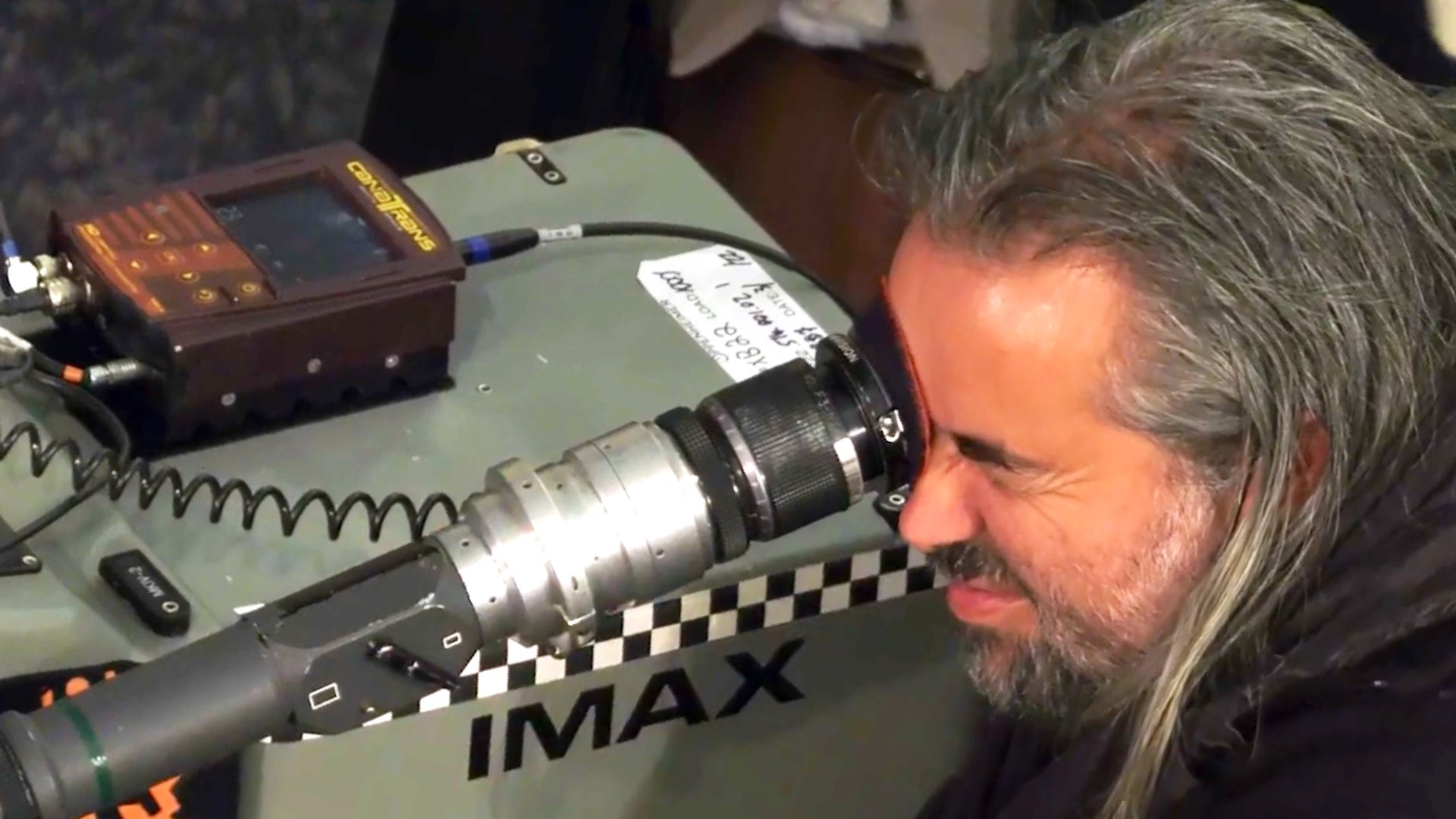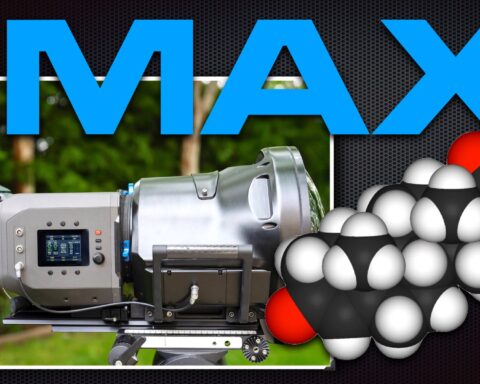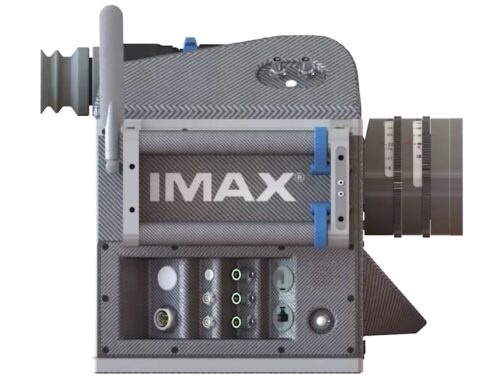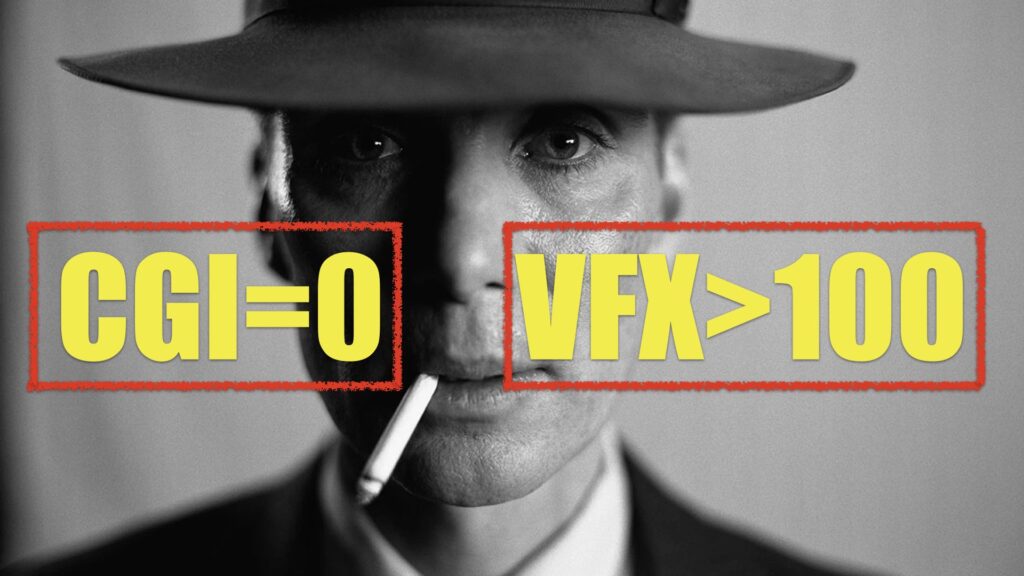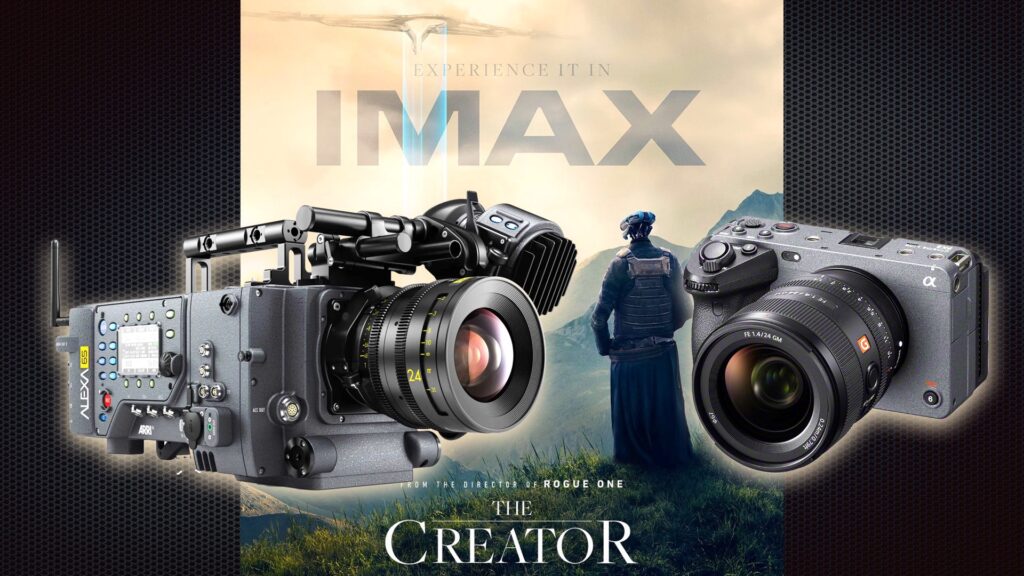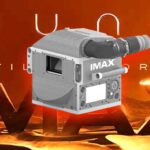Not every director has the privilege of shooting with IMAX film cameras. Furthermore, not every filmmaker/director/cinematographer dares to do unconventional shooting with these huge massive boxes. However, in Oppenheimer, DP Hoyte van Hoytema and Director Christopher Nolan broke some boundaries regarding how IMAX cameras can be used on movie sets. And we’re talking about macro/micro photography on IMAX. Explore Hoytema’s thoughts below.
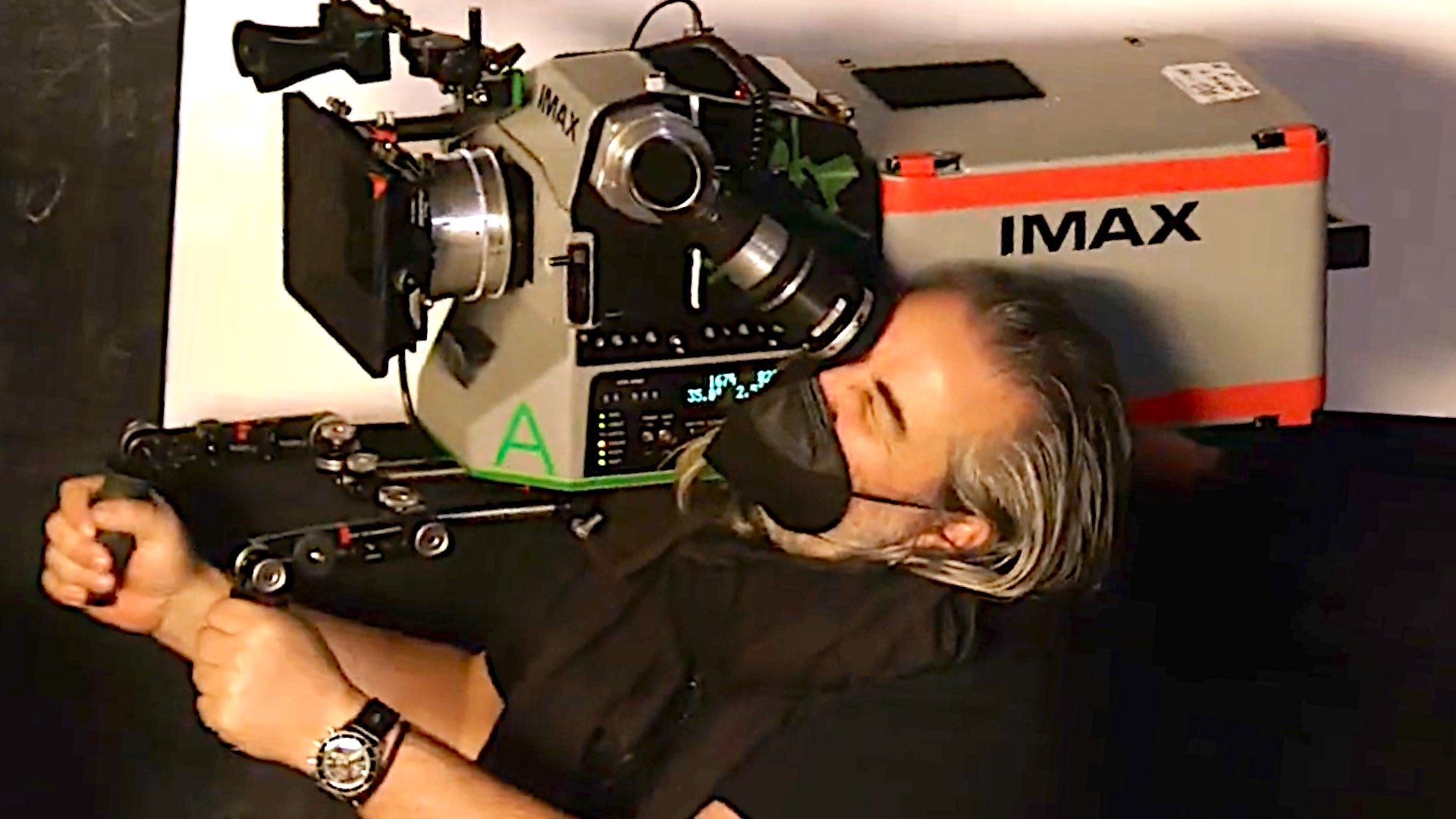
Talking about IMAX cinematography
Collider interviewed Hoytema regarding his role as a cinematographer on Oppenheimer. Actually, we feel that we wrote too many articles on this Nolan masterpiece, but every interview and every piece of information reveals to us something new that our readers would love to know about. In that interview, Hoytema elaborates on the challenges of shooting with IMAX film cameras, and their pros, and cons, which our readers know very well about. For instance, Hoytema explains the main disadvantages of IMAX cameras derived from their noisy operation due to the fast 15 perforations run through them. Hoytema even explained that in some cases, the IMAX was inside a dedicated housing in order to reduce noise. Hoytema demonstrated where this noise comes from, and compared it to other large format film cameras, like the Panavision System 65. We also elaborated on it when we interviewed an IMAX filmmaker (interesting definition). Nevertheless, the most fascinating topic in Hoytema’s interview was the methodology Oppenheimer’s team invented in order to eliminate CGI and create in-camera practical shots of quantum physics. Moreover, Hoytema revealed how deeply the VFX team was involved in this process.
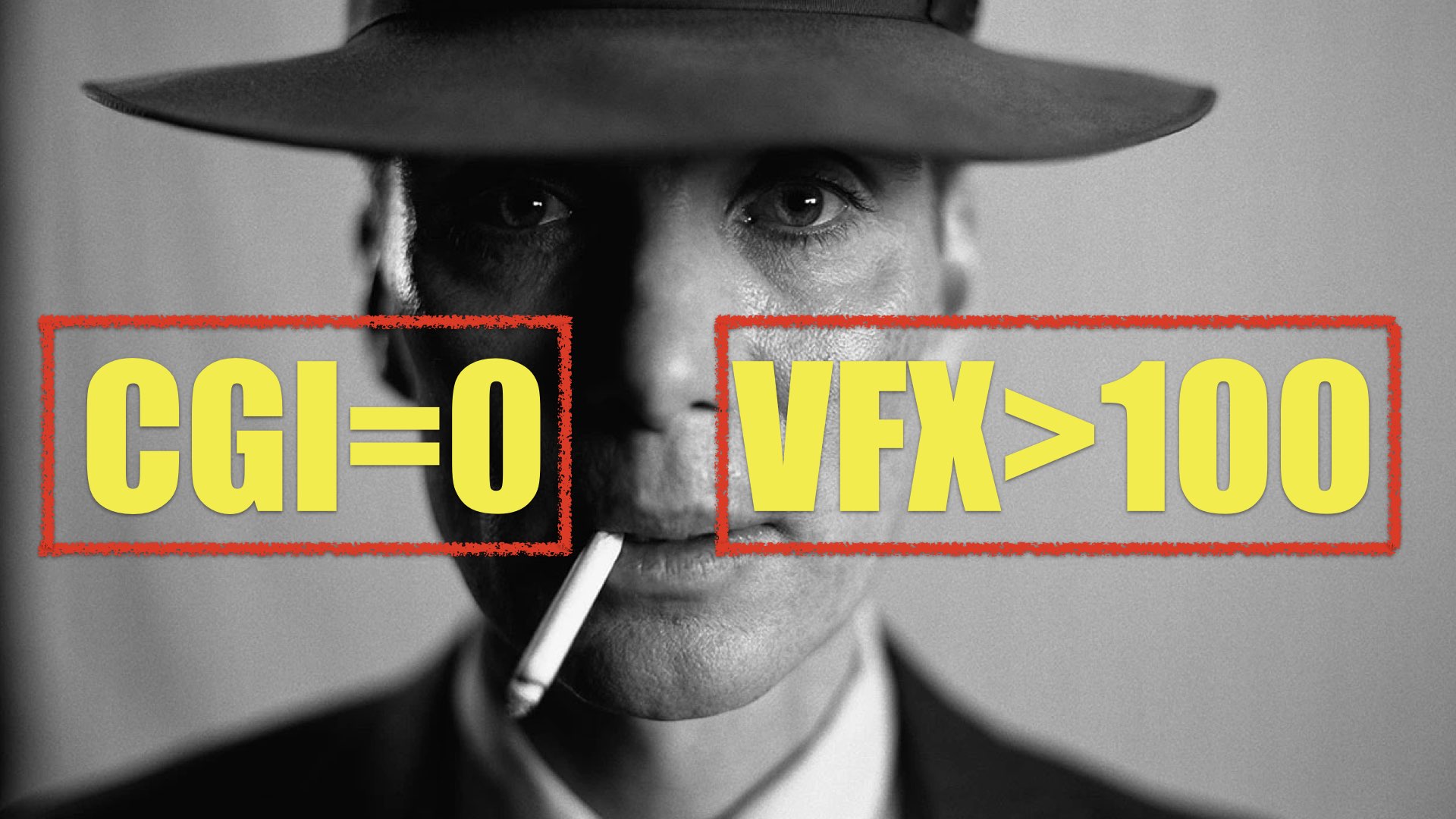
Macro photography on IMAX
As previously reported, Hoytema and Nolan ask Panavision to develop a dedicated probe lens that can be paired with the IMAX camera. The goal was to shoot into tight places, using particles or various materials like fire, water, metal, and more, to mimic the action of physics. Then the team layered these phenomena (shot on IMAX cameras paired with probe lens) with delicate but accurate VFX doze. You can imagine the results (in case you haven’t watched the movie yet). This is what Hoytema said: “We realized we want to shoot a lot of macro photography in IMAX format as part of the IMAX sequences, and this was not possible before. So we started engineering those specific lenses for the IMAX camera. When you do this sort of micro photography you need to invent a new dedicated lens so this lens can go through tight spaces and enlarge them dramatically onto the IMAX screen. We call it a prob lens. There wasn’t any probe lens for IMAX. So we approached Dan Sasaki from Panavision to build this big probe lens, tested it, improved it, and did experiments, so in the end it was something we used a lot for micro and macro work. That was very exciting. Basically, the visual effects department was a tent on location next to our set, where we did all those science experiments. For instance, using IMAX and probe lens for a macro shot of molded metal, silver particles inside a special aquarium, micro explosion of balloons. There are a lot of small tactile physics experiments going on, that we tried to film in different ways with different kinds of cameras as well. Capturing quantum physics, or particle physics, like atoms clashing with each other, gigantic explosions and etc. Watch the interview below:
Final thoughts
The practical in-camera methodologies utilized in Oppenheimer, constitute an interesting case study for how an IMAX camera can be used in order to minimize VFX shots and enhance realism. Similar methods were applied by shooting with specialized cameras and lenses, like ultra-high-speed cameras, probe lenses, and robotic arms. In fact, this toolset is being used for shooting food commercials. Nolan did the same, but with IMAX cameras, so instead of seeing it on home TV, the audience will be able to see it on the big screen. That is Oppenheimer’s contribution to IMAX cinematography.


